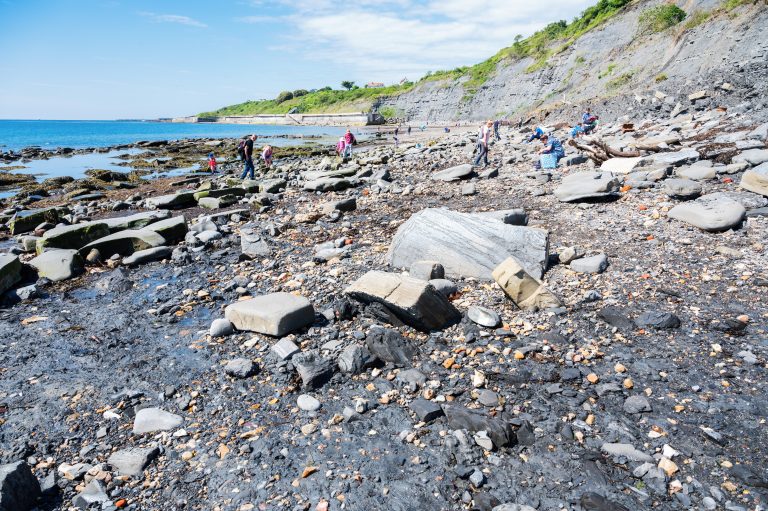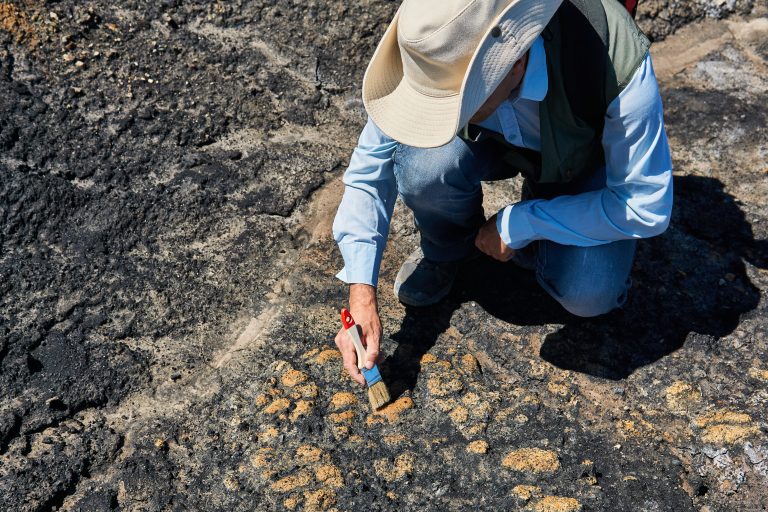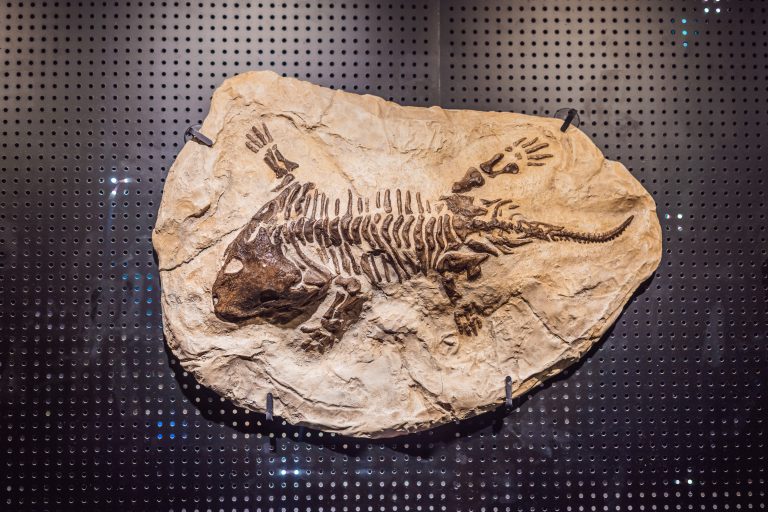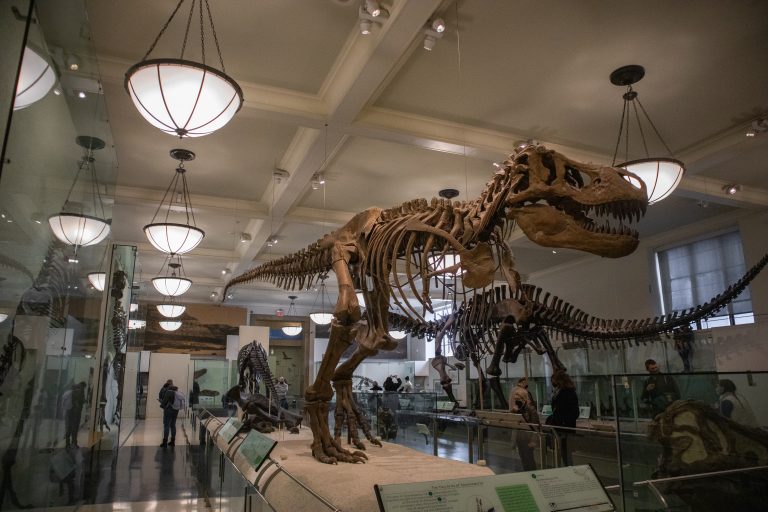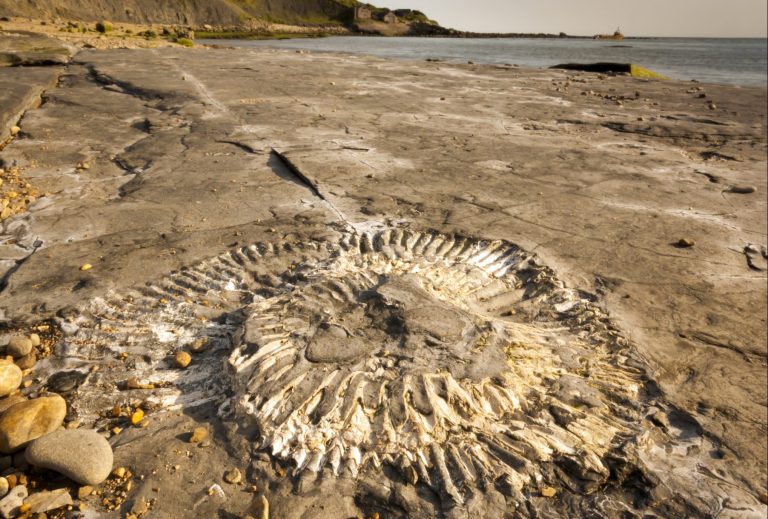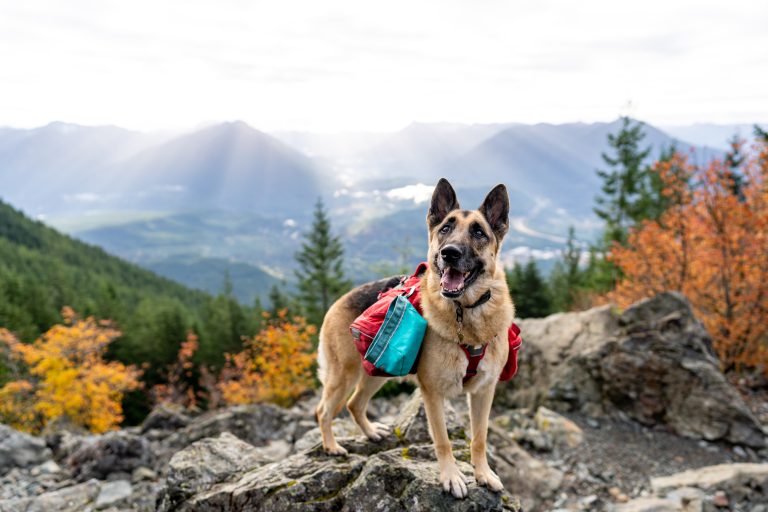10 Essential Safety Tips for Your Paleontology Trip

Embarking on a paleontology dig is like stepping back in time, but safety should never be prehistoric. Before you head out to uncover the secrets of ancient Earth, let’s dig into some essential safety tips that will keep you as secure as a fossil in sedimentary rock.
1. Gear Up Right

You wouldn’t go into a rainforest without a raincoat, so don’t hit the dig site without the right gear. Sturdy boots are a must—they’ll keep you stable on uneven terrain and protect your feet from sharp tools (and even sharper fossils).
Lightweight, long-sleeved clothing is your first defense against the sun and any critters that might think you’re their next meal. And let’s not forget a wide-brimmed hat and gloves; they’re not just fashion statements, they’re your shields against the elements.
Every paleontologist’s toolkit should be tailored to the task at hand, but there are some universal must-haves. A rock hammer, chisels, brushes, and a notebook to record your finds are just the tip of the prehistoric iceberg. And seriously, don’t skimp on the sunscreen. You might be digging up bones that are millions of years old, but your skin doesn’t need to feel like it’s aged a millennia by the end of the day.
Hey hey! Don’t forget to subscribe to get our best content 🙂
Remember, your gear is your best friend out there (next to your actual best friend, who you should bring along—but we’re getting to that). Double-check your equipment before you leave because there’s nothing worse than realizing you’ve forgotten your favorite trowel when you’re miles from civilization.
And a pro tip: pack some duct tape. It’s the Paleontologist’s Panacea—good for fixing everything from broken tools to torn tents.
2. Site Awareness
When you’re out in the field, your dig site isn’t just a treasure trove of fossils—it’s a workspace that demands respect. Be hyper-aware of your surroundings; loose rocks and uneven ground are just waiting for an opportunity to turn your expedition into an impromptu lesson in gravity. Always keep an eye on where you’re stepping and be mindful of overhangs or steep slopes.
It’s not just about watching your own back, though. Be considerate of others and the delicate work at hand. A misplaced foot can damage priceless fossils or disrupt a colleague’s painstaking excavation. So, tread lightly and always communicate with your team. Remember, a fossil’s whisper can be drowned out by a careless shout.
And then there’s the dig itself. The thrill of uncovering a new find can be intoxicating, but patience is the name of the game. Rushing can lead to mistakes, and in paleontology, some mistakes can’t be made. Treat each layer of dirt like a history page, to be turned with care and attention. After all, these artifacts have waited millions of years to see the light of day—a few more minutes won’t hurt.
3. Weather Wisdom

Weather can be as unpredictable as a velociraptor’s mood swings, so stay on top of forecasts and be prepared for anything. Heat can be a real monster, so plan your work schedule around the cooler parts of the day. If you’re digging in a desert, remember that it can be scorching by day and bone-chilling by night, so pack layers.
Rain can turn a dig site into a mud wrestling match without the fun, and it can also damage exposed fossils. Keep a weatherproof tarp on hand to cover your work area if the skies decide to open up. And always have an exit strategy—flash floods are no joke, and you don’t want to be caught in one.
Let’s not forget about wind. It can whip sand and dust into every nook and cranny (including some you didn’t know you had). Goggles and bandanas aren’t just for looking like an adventurer out of a storybook; they’re essential for keeping your eyes and lungs clear of debris. So, respect Mother Nature’s mood swings, and she might just reward you with some well-preserved specimens.
4. Wildlife Caution
From rattlesnakes to scorpions, the past isn’t the only thing that can bite at a dig site. Always be aware of the local wildlife and know how to respond to an encounter. It’s a good idea to learn about the creatures that call your dig site home before you arrive. That way, you won’t be surprised if you meet one face-to-face (or face-to-fang).
Never reach into holes or under rocks without checking first—use a tool to probe the area. And if you see an animal, give it space. Remember, you’re the visitor in their backyard. If you’re working in a bear country, bring bear spray and know how to use it. And no matter how cute they might look, don’t feed the animals. It’s bad for them and could lead to unwanted attention.
Nighttime brings its own set of challenges. Use headlamps and stay vigilant. Insects can be a nuisance, so insect repellent and netting can be as valuable as your digging tools. And always zip up your tent—you don’t want to wake up with a slithery bunkmate.
5. Buddy System

There’s a reason why the buddy system is a golden rule in outdoor adventures—it works. When you’re out in the field, having a partner can be the difference between a minor mishap and a major emergency. They’re your second pair of eyes, helping you spot potential dangers and assisting you if you get into a tight spot.
Your buddy is also your motivational coach and your reality check. They’ll keep your spirits up when the digging gets tough and remind you to take breaks. Heat exhaustion and dehydration can sneak up on you, and sometimes you need someone else to tell you when it’s time to rest in the shade for a bit.
And let’s face it, sharing the moment you uncover a fossil with someone is half the fun. There’s nothing like the shared excitement of a discovery to bond you with your fellow diggers. Plus, having someone to help you reenact scenes from your favorite dinosaur movies during downtime is always a plus.
6. Emergency Plans
No one likes to think about emergencies, but having a plan can turn a disaster into a mere inconvenience. Before heading out, make sure you know the local emergency numbers and have a satellite phone or a way to contact help if you’re out of cell range.
First aid training is invaluable—not only can it save a life, but it can also save the day when someone takes a tumble or gets a nasty cut. Keep a well-stocked first aid kit on hand, and make sure everyone knows where it is. It’s like a little box of “just in case,” and it’s always better to have it and not need it than the other way around.
In case of an emergency, you should have an evacuation plan. Know the quickest route to the nearest hospital and have transportation ready to go. In remote areas, this might mean knowing how to signal for a helicopter evacuation. And remember, your safety is more important than any fossil—no find is worth risking your life for.
7. Respect Boundaries

Boundaries—whether physical or legal—are there for a reason. Always get the proper permits and permissions before you start digging. It’s not just about following the law; it’s about respecting the history and culture of the area you’re working in.
Stay within the designated dig areas. Straying can be tempting when you’re chasing a promising lead, but disturbing undesignated land can have serious consequences, both environmentally and legally. Plus, you don’t want to be “that guy” who ruined a site for everyone else.
Remember, you’re not just a visitor to the site; you’re a custodian of history. Treat the land with the same care you would the fossils you’re unearthing. Leave no trace of your presence, except maybe for the improved knowledge of our planet’s past.
8. Hydration Hacks
Dehydration can hit you like a ton of bricks, and by the time you feel thirsty, you’re already behind the eight ball. Drink water consistently throughout the day, even if you’re not thirsty. It’s the oil that keeps your engine running smoothly.
Carrying enough water can be a pain, but it’s a necessary one. Invest in a good hydration pack or water bottles that you can easily access. And here’s a little hack: add a pinch of salt and a squeeze of lemon to your water—it’ll help your body absorb it more efficiently.
Don’t underestimate the power of hydration. It can mean the difference between a productive day and one spent nursing a headache in your tent. Plus, staying hydrated helps you stay alert, which is crucial when you’re handling tools and navigating tricky terrain.
9. Data Security
Your findings are precious, and I’m not just talking about the fossils. The data you collect is invaluable to understanding the past, so protect it like it’s a T-Rex tooth. Back up your notes and photos regularly, and consider using waterproof notebooks and cases for your electronics.
In this digital age, data theft can be a real concern. Be cautious with how you share information about your finds, especially on social media. You don’t want to accidentally broadcast the location of an unsecured site to potential fossil poachers.
And let’s talk about tech mishaps. Sand, dust, and water are the archenemies of electronics. Keep your devices clean and protected, and always have a backup plan for charging them. Solar chargers can be a lifesaver when you’re miles from the nearest outlet.
10. Legal Know-How
Paleontology isn’t just about the thrill of discovery; it’s also about the responsibility that comes with it. Be sure you’re up-to-date on the laws and regulations regarding fossil collection. Some specimens belong to the landowners, others to the state or country, and it’s crucial to know the difference.
If you’re traveling internationally for your dig, the legal waters can get even murkier. Research the export and import laws regarding fossils, and always err on the side of caution. The last thing you want is to have your precious finds confiscated by customs—or worse, to face legal action.
Remember, your work contributes to the greater scientific community. By following the rules and respecting the legal processes, you’re ensuring that the knowledge gained is shared ethically and responsibly. Plus, it keeps you out of hot water, which is always a bonus.
As you pack your bags and sharpen your chisels, keep these safety tips etched in your mind like the fossilized tracks of a long-gone creature. With a dash of preparation and a sprinkle of caution, your paleontological adventure will be as thrilling as it is secure. Now, go make some history!

